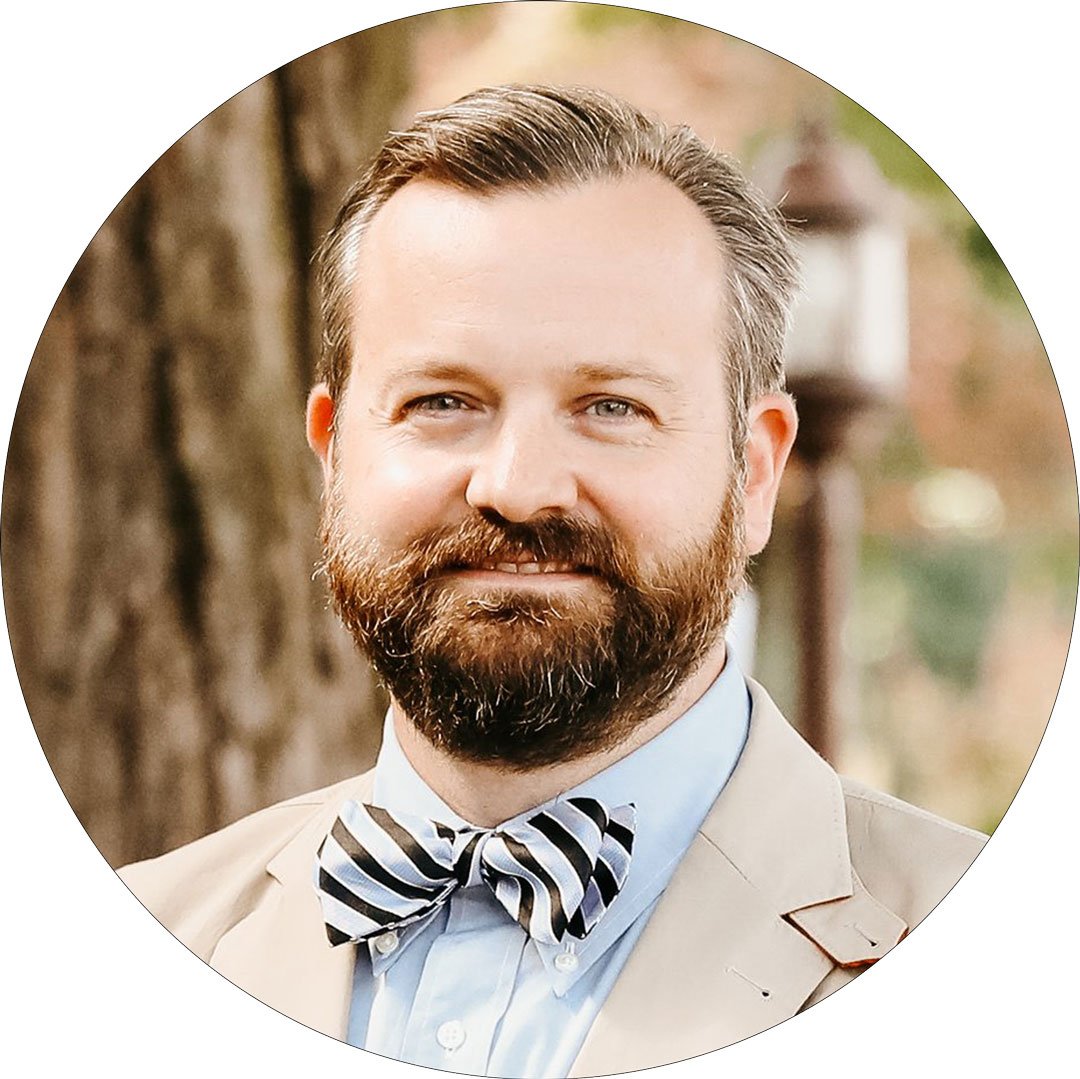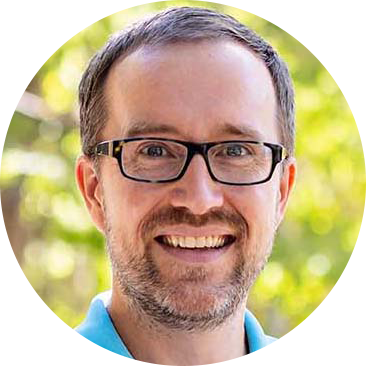Thanks for your interest in hosting a Strong Towns event. If you haven't done so yet, please visit this page to get started planning your event with our team. Below, you'll find information about our event process, resources, and different presentation options.
What to Expect
After you schedule a Strong Towns event we will continue to work with you to finalize event details. If your event is public, it will be listed on our Events page.
AV Requirements
Virtual Event:
The ability to screen share a PPT presentation.
Someone from your team to moderate the Q&A portion.
In-Person Event:
A projector.
A screen for a PC-based presentation.
A lavalier/hands-free microphone.
Resources for Your Event
Presentation Descriptions
Feel free to use the descriptions below for your marketing materials.
+ Strong Towns: A Bottom Up Revolution to Rebuild American Prosperity
In this presentation, Charles Marohn highlights some of the most powerful stories in his book, Strong Towns: A Bottom Up Revolution to Rebuild American Prosperity, and uses those insights to highlight a path to community prosperity that’s as unique as your place. Using an innovative, hands-on approach, this presentation showcases why so many towns in North America are struggling financially despite decades of robust growth.
This presentation is part community conversation, part lecture from an expert, and the catalyst you need for your place to become financially stronger.
+ Confessions of a Recovering Engineer
Charles Marohn, civil engineer and founder of the Strong Towns movement, lifts the curtain on America’s transportation system in his newest book, Confessions of a Recovering Engineer. In this book tour presentation, Marohn demonstrates how the values of engineers and other transportation professionals are applied in the design process, and how those priorities differ from the values of the general public. By showing how transportation investments are a means to an end and not an end unto themselves, Marohn reveals how the standard approach to issues like fighting congestion, addressing speeding, and designing intersections only makes transportation problems worse, at great cost in terms of both safety and resources. By contrast, the Strong Towns approach to transportation focuses on bottom-up techniques for spending less and getting higher returns, all while improving quality of life for residents of a community.
+ Neighborhoods First
Risky, low returning projects too often become expensive boondoggles that haunt a community for decades. Public officials everywhere are desperately seeking an alternative. This talk will cover the "Neighborhoods First" approach to show how a community can grow stronger by making small, incremental investments over time. By observing how neighbors live their lives, by asking them where their daily struggles are, by getting out on the street and discovering what is actually going on, any local government can discern what their community’s pressing needs are. These projects are the high return investments and they are all around us.
A portfolio of incremental projects, each building on observed needs and past successes, is the basis of a solid, long term investment strategy for communities of any size. It is an approach that fits into every budget. It will empower a local government to move beyond the lack of ownership and control that comes with traditional grant programs. And most importantly, you can get started right now.
A Neighborhoods First presentation will demonstrate how to take less risk and grow financially stronger, all while directly serving the people already living and working in your city.
+ Curbside Chat
In the Curbside Chat, we explain, in plain language, how so many American cities have found themselves in decline after decades of “growth.” The problem lies in the current model of development — one which values short-term gains over long-term prosperity. To strengthen our cities and ensure their economic success, we must look to traditional ways of building cities. In this presentation, we show how active citizens, local officials and design professionals can change the negative trajectory in their towns and help them to become more resilient — no matter what challenges lie ahead.
This core Strong Towns presentation is a game-changer for communities looking to grow more resilient in an uncertain future.
+ Escaping The Housing Trap
Talk of a "housing crisis" pervades American cities—whether off-the-charts rents in coastal cities or hyper-vacancy in the Rust Belt. These problems are symptoms of a deeper dysfunction. Over nearly a century, through often well-intended top-down policy interventions, we've turned a complex system that should be adaptive and self-correcting into one prone to a never-ending cycle of boom and bust, crises and overcorrections.
To address the dysfunction at the root of our housing problems, we need to shift our approach. We must move away from a model in which large developers and centralized financial institutions have unprecedented sway over what is built and where, to a more antifragile housing ecosystem in which the bar to entry is low, and every neighborhood can undergo incremental change over time.
A Breaking Out of the Housing Trap presentation will help you understand the root causes of America's interrelated housing crises, and identify some rational responses that your city (and every city) can take.
+ Infrastructure Crisis
For more than six decades, local governments have been accustomed to building infrastructure and expanding existing systems. While liabilities have grown, transportation funding has not kept up. Now there is a desperate need for local governments to change their approach. We need to shift our strategy from an emphasis on continuous expansion to a more mature focus on maintenance and maximization of existing infrastructure. In difficult economic times, this is a scary, but necessary, realignment.
There are trillions of dollars of unproductive infrastructure already in the ground today waiting for us to make better use of. At Strong Towns, we see that our cities, towns and neighborhoods are dripping with opportunity. These opportunities are not of the mega-project variety. They are small -- seemingly beneath us, perhaps -- but they can positively transform everything about how we live our lives.
An infrastructure presentation brings your community into the national conversation about infrastructure spending and will help local decision-makers determine where to spend precious infrastructure dollars to get the best return on your investment.
+ Gross Negligence
On a daily basis, we hear about people killed in car crashes. The deaths of pedestrians and children are particularly troubling, and yet these "accidents" keep happening. The solutions typically employed by our cities and state departments of transportation include lowering speed limits, installing crosswalks and erecting barriers, but none of these actions are truly solving the problem.
The people who design our streets have been grossly negligent. We need a radical rethinking of the way we address pedestrian safety issues—one that will make streets safer for everyone and make our towns more economically productive in the process.
A Gross Negligence presentation shines a vital light on pedestrian safety issues and presents real, long-term solutions for our dangerously designed streets.
+ Community Engagement
The experiences of real people should guide our planning efforts. But their actions are the data we should be collecting, not their stated preferences. We should be designing something that responds to how real people actually live. It's a messier and less affirming undertaking. In this presentation, Norm Van Eeden Petersman will share best practices to get the ball rolling in your community to establish and work together on shared goals. This presentation will give you a look at a different model of community engagement that is focused on the most immediate and accessible actions that can be taken to make life better in a community.












